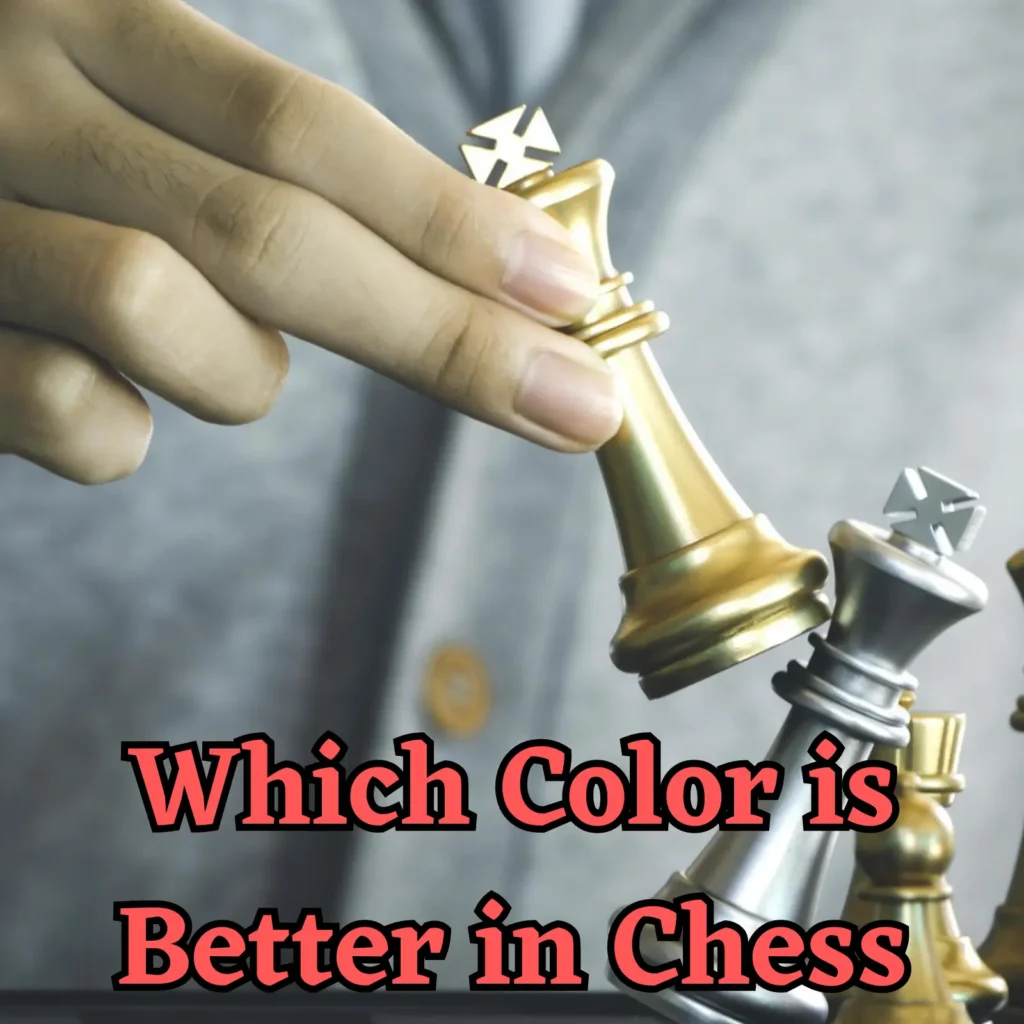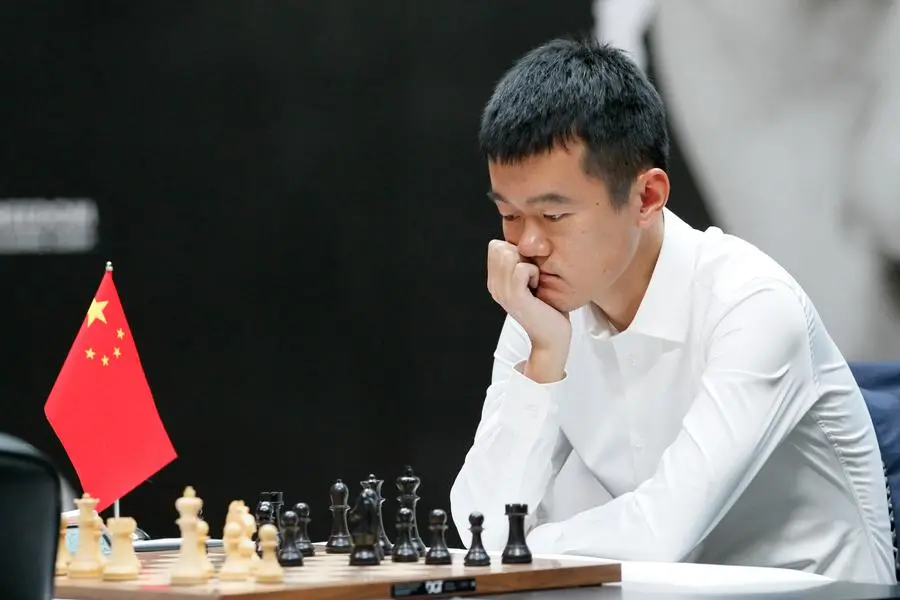
Introduction
Chess has become really popular after the pandemic so its no wonder that a lot of people are being introduced for the first time to chess theory today in 2023. One of the most popular and fundamental theories is that of first-move advantage or to put it in simpler terms: Which color is better in chess? Is it white or it black? Who really has an advantage from the start of a match?
Beginners always ask this and many questions like this: which opening is best? Or the classic: how do I beat my friend as quickly as possible? But in this article, we’re going to focus on the first question, we’ll delve deep into this topic and try and find out which color actually comes ahead.
To do this we’ll do all kinds of shit!
Chess Theory

The game of chess has an extensive and always growing body of literature. For an example: back in 1913 H.J.R Murray estimated the total amount of books, magazines and articles about chess to be just 5000. Since then that number has grown exponentially with most modern libraries having more than 30,000 chess books in their database.
After the late 90s with the rise of chess computers becoming extremely strong, chess analysis shifted to studying computer moves for insight, so since then the game has become even more complex. Professional players have turned to chess engines to solve many problems including first-move advantage.
Let’s take a look at some of the more popular theories about first-move advantage in chess.
Drawn With Best Play
Joseph Bertin was one of the first to ever write about chess in detail, in fact some people consider his works in English to be the first worthwhile books in chess to ever be written. The Noble Game of Chess laid down 19 rules for chess play and most of them are still useful today.
In this book Bertin says: “He that plays first, is understood to have the attack.” This idea goes hand in had with what most experts of the time believed, to them white has an advantage. White has the initiative and should strive to extend it into the middlegame, on the other hand black should strive attain equality.
In general, most experts were all of the idea that white had an advantage but with perfect play from black most games should end in a draw. George Walker wrote in 1846 that, “The first move is an advantage, … but if properly answered, the first move is of little worth”.
Steinitz, the first World Champion, who is widely considered the father of modern chess wrote in 1889, “It is now conceded by all experts that by proper play on both sides the legitimate issue of a game ought to be a draw.”
Today the idea that the game of chess should end in a draw with perfect play endures. Chess maestros like Capablanca and Lasker were even worried that chess was dying because of draws, they campaigned for new rules to avoid this problem.
Lasker suggested scoring less on draws and more on stalemating the opponent’s king. Capablanca went even further by creating Capablanca chess with a bigger 8×10 chess board with new pieces.
White’s Wins With Best Play

While most masters, and chess experts agreed with the idea that drawing was the result of both players playing perfectly, there were still some which held conflicting ideas about this topic.
Weaver Adams is perhaps the most infamous example; he claimed in his 1939 book White to Play and Win that after 1.e4 “White ought to win”. His claims were never taken seriously after he continually failed to prove it in tournament play and anywhere else for that matter.
But Adams’s analysis might not have been completely useless, Bobby Fischer used his Adams Attack line to get some notable wins against the Najdorf Variation of the Sicilian Defense (1.e4 c5 2.Nf3 d6 3.d4 cxd4 4.Nxd4 Nf6 5.Nc3 a6 6.h3!?)
More recently Hans Berliner a former World Champion of Correspondence Chess held the belief that 1.d4 was a significant advantageous move for white. As you can expect these ideas were not well received by the larger chess community.
After the rise of computer chess engines, the debate has continued and some authors are even of the idea that both colors have different advantages and disadvantages. For example, white’s first move might be similar to a serve in tennis for example, even if white makes a slight mistake, he is not losing but merely on an equal position, meanwhile if black makes one slight mistake, he will be behind by most metrics.
Psychological Pressure
The idea that black has an advantage might have some merit in the lower levels of play, but in general most advanced players don’t believe this. But there is one thing that can affect even the best players in the world and that is the psychological pressure of believing that you must play for a win as white.
A player that might otherwise be ok with playing a move that he feels puts him in an equal position as black might decide to play a riskier move in hopes of finding a winning move with white. This can lead to players with supposedly higher odds (when talking about computer chess engine evaluations) to perform worse as white in specific circumstances.
Dynamic Positions
Nowadays modern chess writers talk about black’s strategy as more about dynamism than trying to strive for equality. Fischer told one of his opponents his “secret” and that was the fact that he was trying to win with black from the start.
Energetic and sharp play from black can lead into extremely complicated positions in which white’s opening advantage is lost sometimes in ways that no human can explain. This style of opening for black has become prevalent since the late 90s with players like Kasparov and Fischer being the champions of black dynamism.
What do the Numbers Say

As of January 12, 2015, Chessgames.com reported that out of 739,769 games in their database, White had won 37.50%, 34.90% were drawn, and Black had won 27.60%. These statistics indicate a clear advantage for White, although the difference in win rates is not overwhelming.
Similar trends have been observed in other databases and tournaments, with White consistently winning more games than Black. For example, a small database of approximately 247,000 games showed that after 1.e4, White won 37.4%, drew 33.7%, and lost 28.9%.
Right now, Chess.com reports 1.e4 to be: White Wins in 38%, Draw in 31% and Black Wins in 31%.
This confirms the idea that white has an advantage through sheer data, at any level white has a higher chance of winning that black, both 1.e4 and 1.d4 have basically the same numbers (a bit more draws for 1.d4)
Our Advice for New Players
If you are a new player looking for some concrete advice out of this article then listen to this: Don’t worry about the theory (for now) play your best game by following these basic opening principles for beginners and you’ll be on your way to becoming a better player in no time.
Develop your pieces
Strive always develop atleast one of your major pieces with each opening move, try and move them in ways that won’t put them in danger so you wont waste a turn moving them back.
Control The Center
If you are not sure what to play, then play something that will control the center, if you’re going to move a pawn consider the pawns in the center first.
Protect Your King (Castle early)
White or Black, it doesn’t matter, castling is good, castling is important. Always castle as soon as you feel comfortable it is rarely a bad move.
Don’t Move Your Queen Early
A common beginner mistake, don’t move your queen early unless you know what you’re doing.
Don’t Blunder
The most important rule, every other rule in here is basically a roundabout way of saying this: Don’t blunder and then you’ll win most matches against beginner players.
Conclusion
The debate surrounding the first-move advantage in chess has persisted for centuries, with various theories and opinions shaping the discussion. While the statistical evidence suggests that White does indeed have an advantage, it is important to recognize that this advantage is not insurmountable. Factors such as psychological pressure, dynamic play, and individual skill can all influence the outcome of a game, regardless of the color of the pieces.
As chess continues to evolve and grow in popularity, players at all levels can benefit from understanding the nuances of the first-move advantage. By studying the theories, embracing the complexities of the game, and striving for continuous improvement, players can learn to navigate the challenges posed by both White and Black. Ultimately, the true beauty of chess lies in its depth and the endless possibilities it offers, transcending the simple question of which color has the upper hand.
Related
- What Is The Most Underrated Chess Opening
- Why Russians are so good at chess
- Why Is Everyone Playing Chess 2023